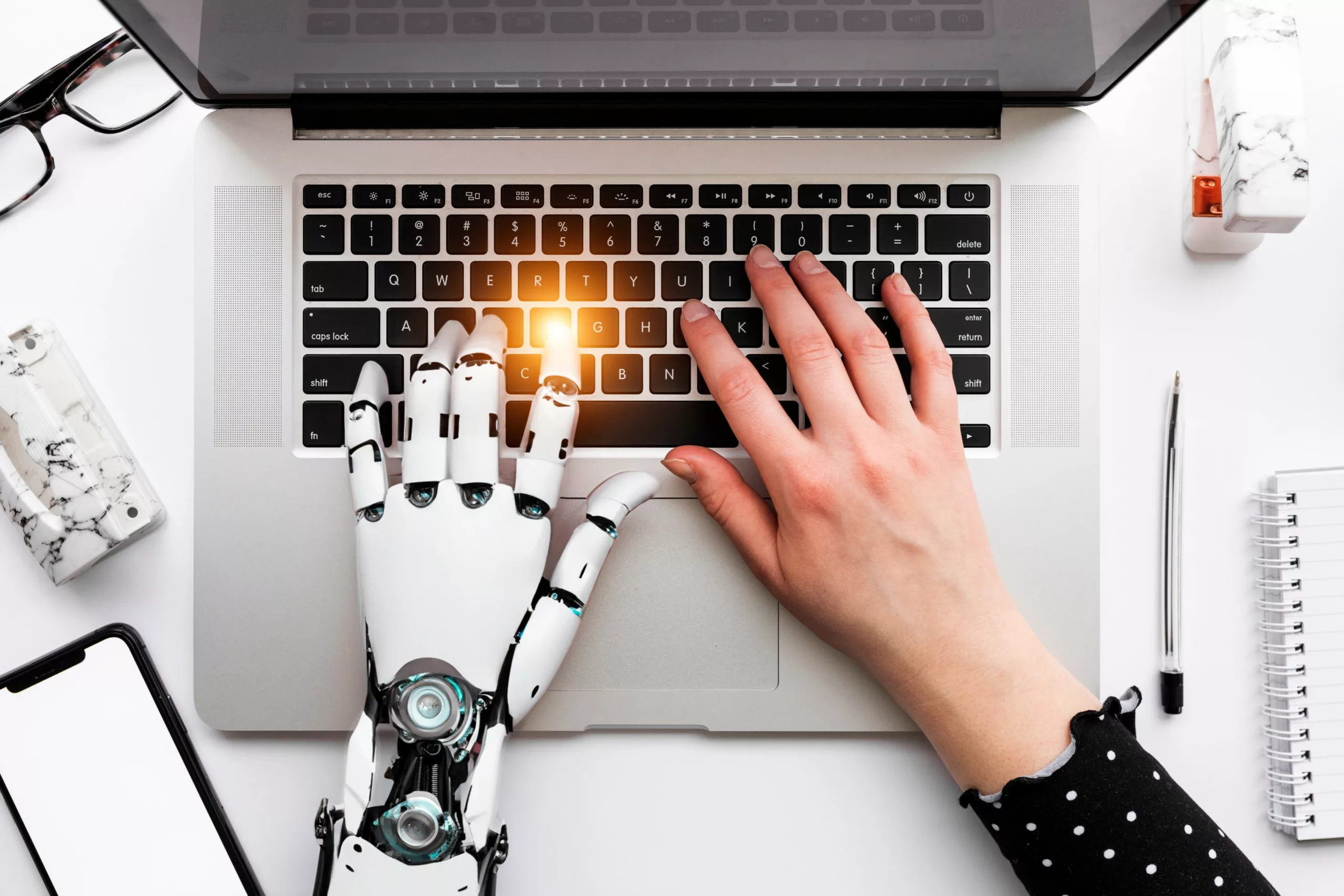In the ever-evolving landscape of technology, few advancements have captured the imagination and curiosity of humankind quite like Artificial Intelligence (AI).
The integration of AI in the digital age, through its profound impact on technology and society, emerges as a pivotal element, fostering unprecedented innovation and transformation levels, affecting every aspect of our personal and professional lives. As organizations navigate the complexities of the 21st century, understanding AI’s beginnings and potential future becomes essential.
Learn about the fascinating history of Artificial Intelligence, tracing its origins, historical evolution, and the remarkable advancements that have shaped its path from its humble beginnings to its current state-of-the-art applications.
AI’s Genesis
The roots of modern AI can be traced back to the mid-20th century when pioneers began envisioning machines that could exhibit intelligence equivalent to human beings. One of the earliest instances was the invention of the Turing Test by Alan Turing in 1950, which proposed a criterion for establishing whether a machine could exhibit human-like intelligence. This laid the foundation for formally exploring AI as a field of study.
The Historical Evolution of Artificial Intelligence
The early decades of AI research were characterized by optimism and ambitious goals. In the 1950s and 1960s, researchers explored symbolic AI, focusing on creating systems capable of reasoning and problem-solving using logical rules. However, progress was slow, and the limitations of symbolic AI became apparent as systems struggled with real-world complexities and uncertainty.
In the 1970s and 1980s, expert systems emerged. These are specialized programs designed to mimic human expertise in specific domains. While these systems showed potential in certain applications, they often fell short in handling tasks beyond their predefined scope.
The term “AI Winter” emerged during the 1980s, referring to periods of decreased funding and interest in AI research due to unfulfilled promises and unrealistic expectations. Despite these setbacks, research continued, laying the groundwork for future breakthroughs.
AI Breakthroughs and Resurgence
The late 20th century saw significant advancements in AI, driven by breakthroughs in machine learning and neural networks. In the 1990s, the development of powerful computers and the availability of vast amounts of data paved the way for AI’s resurgence.
One of the most notable milestones was the rise of deep learning, a subfield of machine learning inspired by the structure and function of the human brain.
Among the earliest investigations into neural networks, the work of Warren McCulloch and Walter Pitts in the 1940s stands out. They proposed a simplified model of the brain’s neuronal circuits, laying the groundwork for future developments in artificial neuronal networks.
In 1957, Frank Rosenblatt introduced the perceptron, a neural network capable of learning from examples to classify inputs into binary categories. Despite its initial potential, the perceptron failed to solve complex tasks. One of the key challenges faced by the perceptron was its inability to handle tasks that required non-linear decision boundaries. Such limitation, known as the “perceptron convergence theorem,” hindered its ability to generalize to real-world data with complex relationships.
In the 1980s and 1990s, researchers made significant progress in neural network research, developing multi-layer perceptrons and more advanced architectures such as convolutional neural networks (CNNs) and recurrent neural networks (RNNs). These developments established the groundwork for the deep learning revolution.
Deep learning algorithms, particularly neural networks, revolutionized tasks such as image recognition, natural language processing, and speech recognition, achieving human-level performance in many domains.
Current State-of-the-art AI models
Today, AI permeates nearly every aspect of our lives, from virtual assistants and recommendation systems to autonomous vehicles and medical diagnostics. State-of-the-art AI models, fueled by developments in computational power and data availability, continue to push the boundaries of what’s possible.
Techniques such as reinforcement learning have enabled machines to learn complex behaviors through trial and error, leading to robotics, gaming, and optimization breakthroughs. Generative models, such as Generative Adversarial Networks (GANs), Diffusion Models, or Transformers, have opened new avenues for creative expression and content generation.
The future of AI
As we look to the future, the evolution of AI shows no signs of slowing down. Exciting developments in areas such as explainable AI, federated learning, and quantum computing promise to further enhance intelligent systems’ capabilities while addressing ethical and societal concerns.
AI’s history demonstrates human resourcefulness and perseverance. From its humble beginnings to its current state-of-the-art applications, AI has undergone a remarkable journey marked by challenges, breakthroughs, and paradigm shifts. As we continue to push the limits of what can be achieved, AI’s potential to transform industries, solve complex problems, and enrich our lives remains as boundless as ever.
Stay tuned for more insights on this topic, where we’ll explore real-world AI and machine-learning applications across various sectors.
See more on Digital & AI
Find out more about improving your organization
